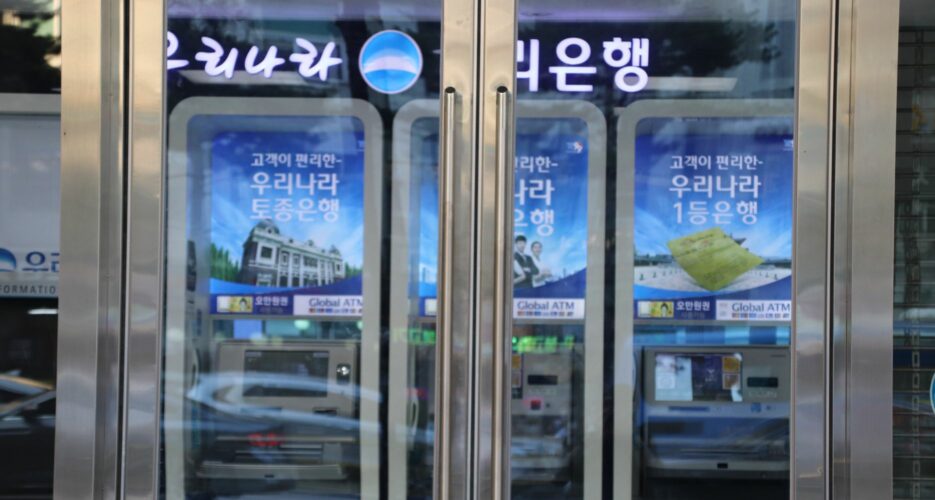Bank of Korea rate cuts offer temporary relief, but increase in defaults highlights risks for SME and household loans
South Korean banks are facing a significant challenge as delinquency rates on loans continue to rise. The delinquency rate on won-denominated loans reached 0.53% by the end of August, marking the second consecutive monthly increase, according to the Financial Supervisory Service last week.
This trend, especially pronounced in corporate loans, presents risks to the banking sector. Although the recent rate cut by the Bank of Korea (BOK) offered some relief by lowering bowering costs, it also introduces risks by encouraging borrowing amid already high debt levels.
South Korean banks are facing a significant challenge as delinquency rates on loans continue to rise. The delinquency rate on won-denominated loans reached 0.53% by the end of August, marking the second consecutive monthly increase, according to the Financial Supervisory Service last week.
This trend, especially pronounced in corporate loans, presents risks to the banking sector. Although the recent rate cut by the Bank of Korea (BOK) offered some relief by lowering bowering costs, it also introduces risks by encouraging borrowing amid already high debt levels.
Get your
KoreaPro
subscription today!
Unlock article access by becoming a KOREA PRO member today!
Unlock your access
to all our features.
Standard Annual plan includes:
-
Receive full archive access, full suite of newsletter products
-
Month in Review via email and the KOREA PRO website
-
Exclusive invites and priority access to member events
-
One year of access to NK News and NK News podcast
There are three plans available:
Lite, Standard and
Premium.
Explore which would be
the best one for you.
Explore membership options
© Korea Risk Group. All rights reserved.
No part of this content may be reproduced, distributed, or used for
commercial purposes without prior written permission from Korea Risk
Group.












